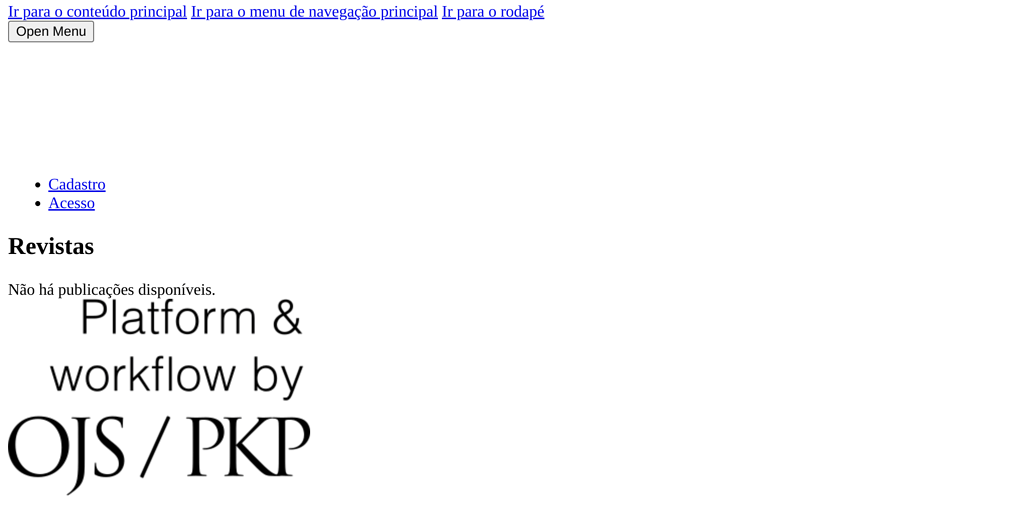

to include it in a document you can use !(/image.png) ) In fact, it seems like the Gohugo documentation is also suggesting to use leading /, such as here: : Then I can see that the image reference using `example.jpg` does not workĪnd I can see that the image reference using `/blog/example.jpg` does workĪnd I can see that the image reference using `blog/example.jpg` does not workĪs can be seen from this example, it doesn't matter whether a / is used or not - it still does not work. When I generate the website using `hugo server` (see also `public` directory for output using `hugo`)Īnd I visit the example post Then I can see that the image reference using `/example.jpg` does not work Given my base URL (`config.toml`) is - which is an URL that includes a pathĪnd my config.toml file includes `canonifyurls = true`Īnd I have an image `example.jpg` in my `static` directoryĪnd I reference the image in my markdown file using `!(/example.jpg)`Īnd I reference the image in my markdown file using `!(example.jpg)`Īnd I reference the image in my markdown file using `!(/blog/example.jpg)`Īnd I reference the image in my markdown file using `!(blog/example.jpg)` Hugo Static Site Generator v0.79.0-1415EFDC windows/amd64 BuildDate: ĭoes this issue reproduce with the latest release? If (url = "whatever.And I build my site using hugo or hugo serverīut links to static resources only start with " Lower Level descriptionĪnd I have a markdown file content/posts/my-first-post.mdĪnd I have an image under static/images/my-image.jpgĪnd the markdown file contains a link like this: !(/images/my-image.jpg)īut the image src attribute should read What version of Hugo are you using ( hugo version)? $ hugo version You can google proper syntax here as I am a little short of time, but… var url = \\ Or whatever. You certainly could do that! But, it may be easier to keep 1 stylesheet and just append the class name to the body. Probably the quickest way to take a peak at what you have is to put window.location in the DevTools console and see: To put that pathname back together, you can stitch together the array and put the “/”‘s back in: var newPathname = ""

Then access the different parts by the parts of the array, like var secondLevelLocation = pathArray If you need to break up up the pathname, for example, a URL like, you can split the string on “/” characters var pathArray = ('/') So to get the full URL path in JavaScript: var newURL = + "//" + + "/" + + Ī bit of a more modern way of working with URLs is the URL() global method. JavaScript can access the current URL in parts.


 0 kommentar(er)
0 kommentar(er)
